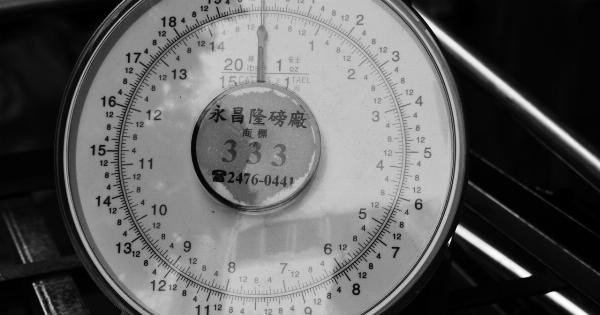Understanding the relationship between systolic and diastolic pressure is essential for maintaining good health as high blood pressure is a significant risk factor for cardiovascular disease.
It is important to know the difference between systolic and diastolic pressure, how they are measured, and what the readings indicate. This article explores the relationship between systolic and diastolic pressure, its implications for your health, and measures you can take to keep your blood pressure in check.
Understanding Systolic and Diastolic Pressure
Systolic pressure refers to the pressure exerted by the blood on the walls of the arteries when the heart contracts or beats.
Diastolic pressure, on the other hand, refers to the pressure exerted by the blood on the walls of the arteries when the heart is at rest or between beats.
Blood pressure is recorded in millimeters of mercury (mm Hg) and is measured using a sphygmomanometer. The device consists of an inflatable cuff that is placed around the upper arm and is inflated using a bulb.
The pressure is then released gradually, and a stethoscope or electronic sensor is used to detect the sound of the blood flowing through the artery. The readings are then taken and recorded.
The Relationship between Systolic and Diastolic Pressure
The relationship between systolic and diastolic pressure is essential in determining the overall health of an individual.
A typical reading for blood pressure is usually expressed as two numbers, with the systolic pressure being the top number, and the diastolic pressure being the bottom number. For example, a typical reading for blood pressure could be 120/80 mm Hg.
The systolic pressure is usually the higher of the two numbers and indicates how well the heart is functioning and how much force it exerts on the arteries.
In comparison, diastolic pressure is the lower of the two numbers and measures the resistance of the arteries when the heart is at rest. However, both readings are equally essential, and any abnormalities in either measurement can indicate an underlying health problem that needs addressing.
Implications for Your Health
High blood pressure, also known as hypertension, is a severe health condition that requires medical attention.
Hypertension can damage the arteries and lead to various health conditions such as stroke, heart attack, heart failure, kidney disease, and vision loss. Hypertension often has no symptoms, and many people may not even be aware that they have it until it is too late and complications arise.
Low blood pressure, also known as hypotension, can also indicate an underlying health condition and can lead to dizziness, fainting, dehydration, and shock.
Hypotension can occur for many reasons, including blood loss, dehydration, heart problems, and certain medications.
Measures You Can Take to Keep Your Blood Pressure in Check
Keeping your blood pressure in check can help reduce your risk of developing hypertension and other cardiovascular diseases. Some of the measures you can take include:.
- Exercising regularly
- Maintaining a healthy weight
- Reducing salt intake
- Eating a balanced diet rich in fruits, vegetables, and whole grains
- Avoiding smoking
- Limiting alcohol intake
Additionally, regular blood pressure checks and medical consultations can help identify any underlying health conditions and ensure that appropriate measures are taken to manage the condition.
Conclusion
The relationship between systolic and diastolic pressure is critical in maintaining good health.
Understanding your blood pressure readings and taking appropriate measures to keep your blood pressure in check can help reduce your risk of developing hypertension and other cardiovascular diseases. By making lifestyle changes and seeking medical attention when necessary, you can prevent or manage various health conditions and lead a healthy life.






























